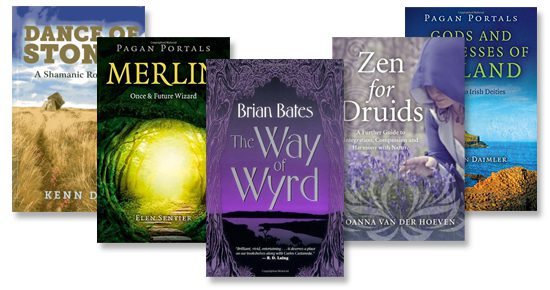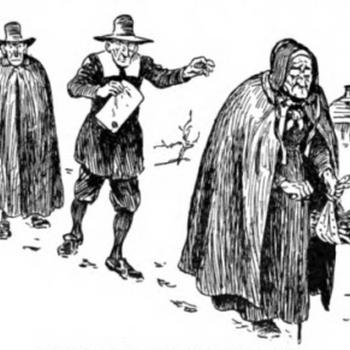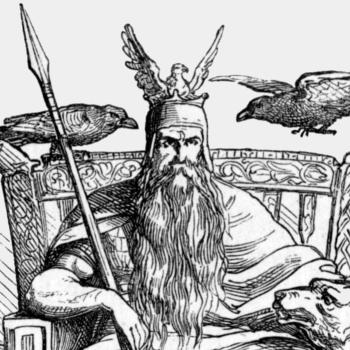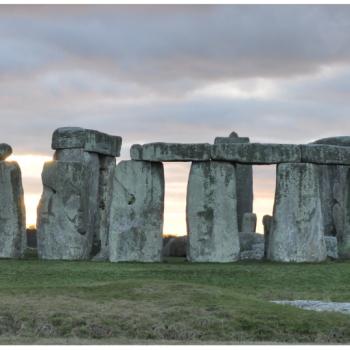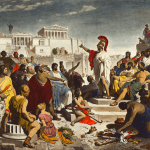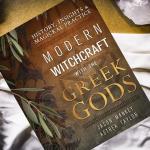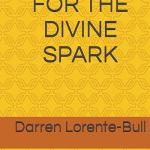This month’s reviews have a rather shamanic flavour, with books on visions of Merlin, a shaman’s roadtrip and Brian Bates’ classic The Way of Wyrd.
The full list of this month’s reviews is as follows….
- Brian Bates, The Way of Wyrd
- Morgan Daimler, Pagan Portals – Gods and Goddesses of Ireland: A Guide to Irish Deities
- Kenn Day, Dance of Stones: A Shamanic Road Trip
- Elen Sentier, Pagan Portals – Merlin: Once and Future Wizard
- Joanna van der Hoeven, Zen for Druids: A Further Guide to Integration, Compassion and Harmony with Nature
But which one will be awarded “Read of the Month?” Read on to find out!
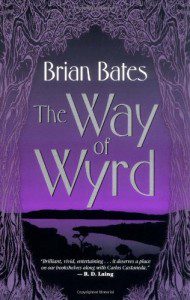 Brian Bates, The Way of Wyrd (1983)
Brian Bates, The Way of Wyrd (1983)
In ancient Anglo-Saxon times, Christian scribe Wat Brand is set on a mission to reach out to the pagans and discover the secrets of their beliefs. He is taken under the wing of Wulf, a shamanic sorcerer, who introduces Brand to the spiritual ways of his people, including their beliefs in gods, spirits, animal divination, and the mysterious wyrd.
This classic novel by Brian Bates has in many ways done for Anglo-Saxon Heathenry what Gerald Gardner’s High Magic’s Aid did for Wicca. It’s a novel, but it is based closely on Bates’ research into Anglo-Saxon beliefs. As such, it is as much a resource into practising Anglo-Saxon spirituality as it is an entertaining work of fiction. The Way of Wyrd has significantly influenced the development of modern-day Heathenry and the novel has become a key text for newcomers to Anglo-Saxon Paganism.
The belief system described in The Way of Wyrd is certainly interesting. It is less focused on the old Gods and Goddesses we all know from Germanic mythology, and concentrates more on the concept of wyrd; the unseen forces that shape the universe and fate. Shamanism is also an important aspect of spiritual life in The Way of Wyrd, and Brand finds he must learn the inscrutable ways of the spirits very quickly in order to avoid their wrath. How accurate The Way of Wyrd is in terms of its representation of pre-Christian Anglo-Saxon beliefs we may of course never know; the Saxons left very little behind to tell us of their religion. But that does not make it any less compelling.
How does The Way of Wyrd stand up as a novel, especially now over 30 years after it was written? To be honest, it isn’t a finely crafted work of literature. Its writing style is very easy-going, to the extent that it reads like a book for young adults, and its plot is minimalist. In this way, it reminded me a little of Paulo Coelho’s The Alchemist: a simple little story that aims to teach spiritual lessons. However, Bates lacks the poetic finesse of Coelho, and as such The Way of Wyrd, while undeniably entertaining, feels undeveloped.
But don’t let that put you off too much, especially if you are interested in Heathenry. The Way of the Wyrd is a staple in Anglo-Saxon Pagan books and it was both original and influential at the time when it was published. Because of its impact on modern Paganism, it can’t really be overlooked. Despite its weaknesses, it’s still an enjoyable book and so easy to read that you won’t feel you’ve wasted anything in reading it, even if it turns out not to be of your taste.

